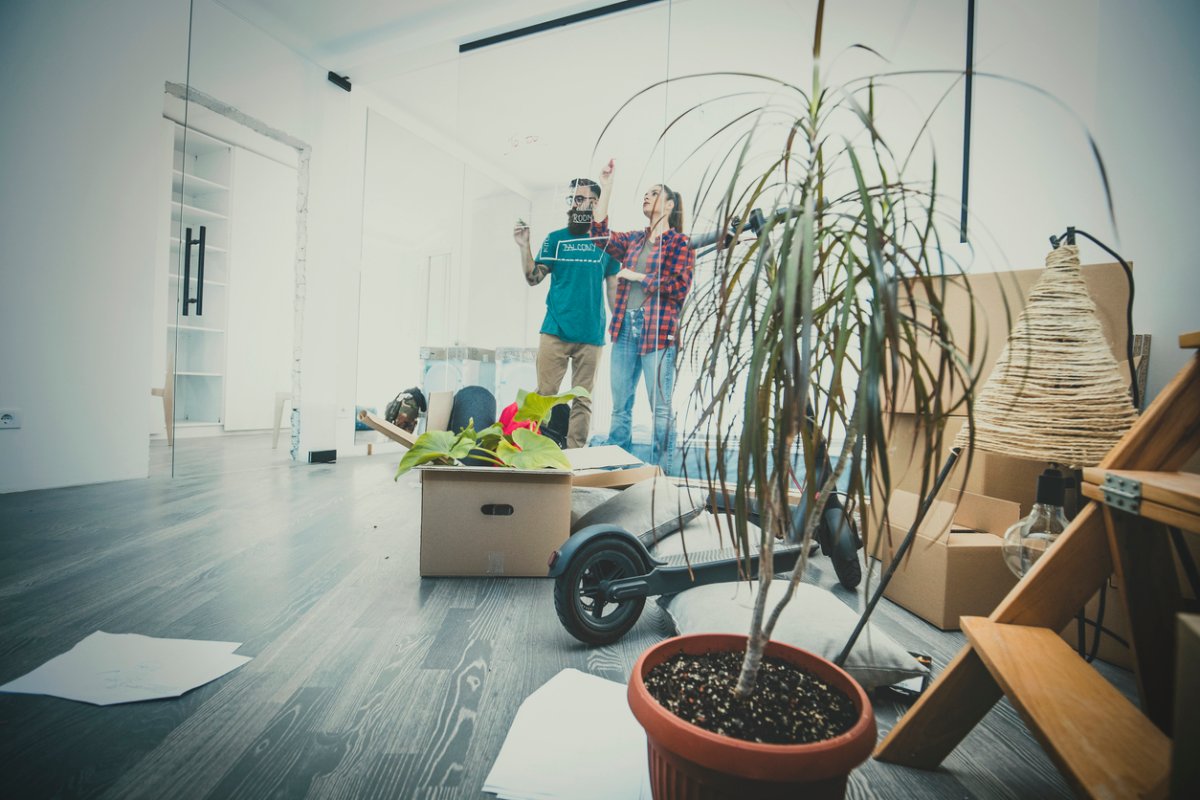

We may earn revenue from the products available on this page and participate in affiliate programs. Learn More ›
Changing the Way We Think About Design
Over the past 2 years, we’ve gone from lockdowns, remote working, and distance learning to rediscovering how important our home design is to our happiness and well-being. While some pandemic living trends may remain a constant in our lives as we move into the new year, there also are plenty of styles emerging that take cues from earth-friendly, sustainable designs.
Whether you’re looking to just update some of your home decor or willing to dive into major renovation projects, you’ll want these eco-friendly design trends on your radar as we enter the new year.
Sustainable, Recycled Materials
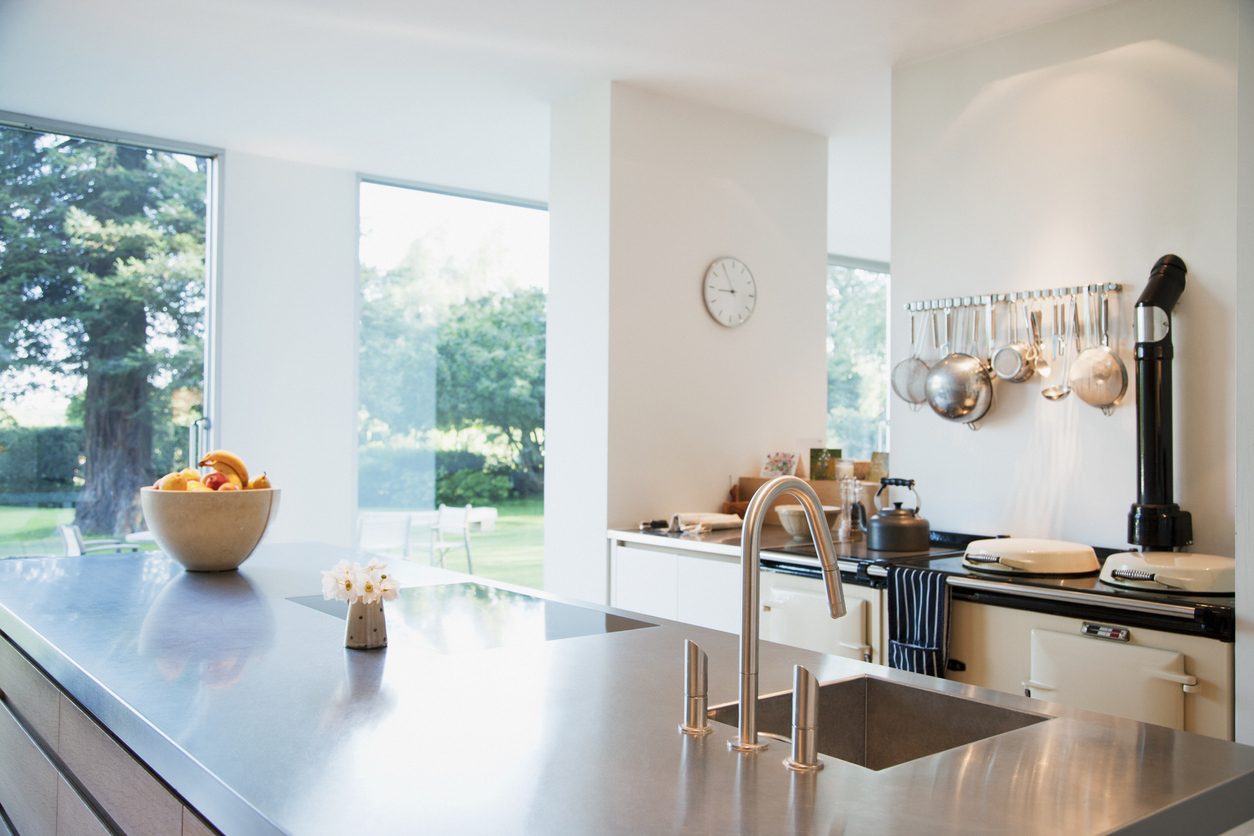
You already know about bamboo and cork when it comes to sustainable and recycled flooring options, and there are other earth-friendly materials you’ll want to keep your eye on. More emphasis is being given to materials that are not only sustainable and recycled, but are also nontoxic and sturdy. Consider metal for railings and countertops. Bioglass is made of post-consumer recycled glass and is a great option for sinks, walls, and even flooring.
Related: 12 Practical Ways to Make Your DIY Projects More Environmentally Friendly
Maximalism and DIY Decor
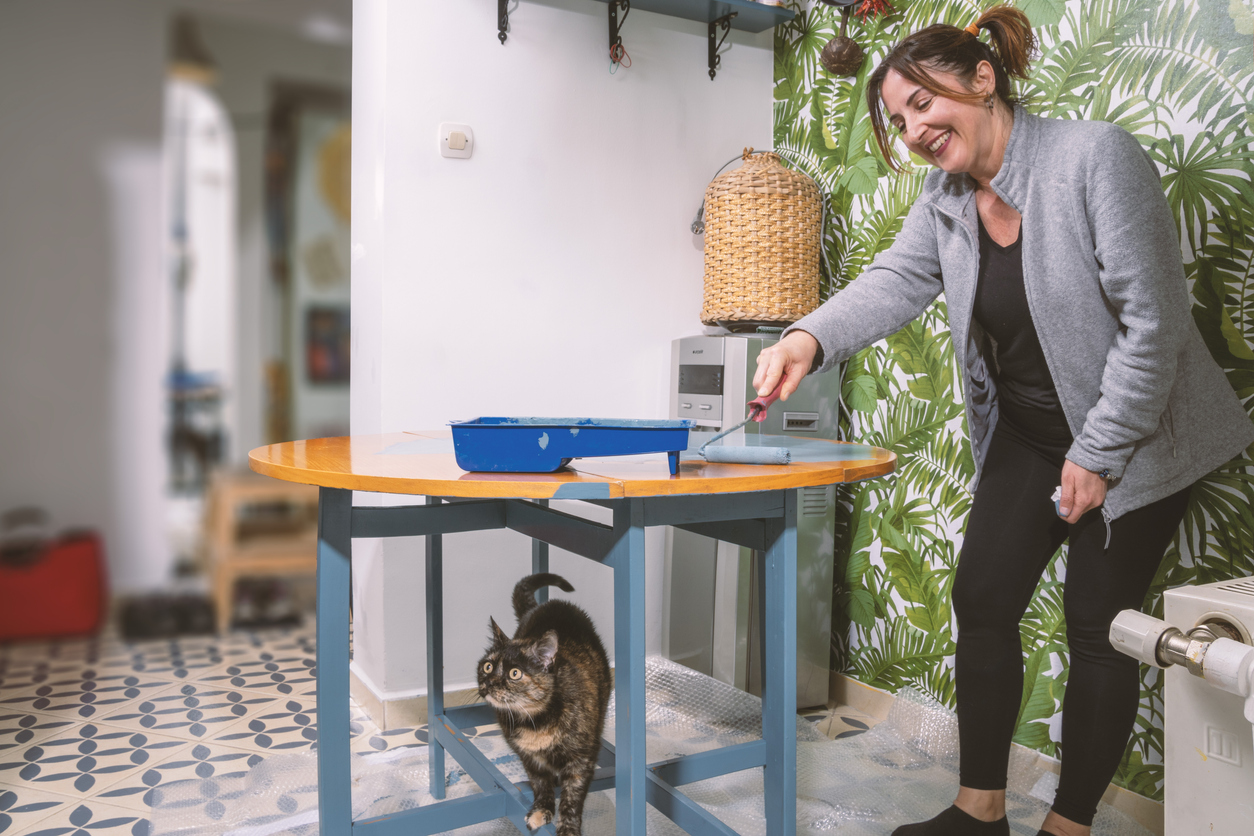
The sterile, white, near-empty spaces so popular within the minimalist trend are partly giving way to maximalism, which encourages us to use plenty of items, including those we can repurpose and update ourselves. Like with sustainable materials, 2022 will see more of us repurposing used furniture and decorative items in our homes.
Laurie Barrette, coauthor of Minimal: For Simple and Sustainable Living told Architectural Digest that with renovation projects multiplying and supply chains still slow due to the pandemic, it is often faster and more financially feasible to look at the items we already have and use our DIY skills in areas such as woodworking and upholstery to give our items an updated look.
Don’t Forget the Greens
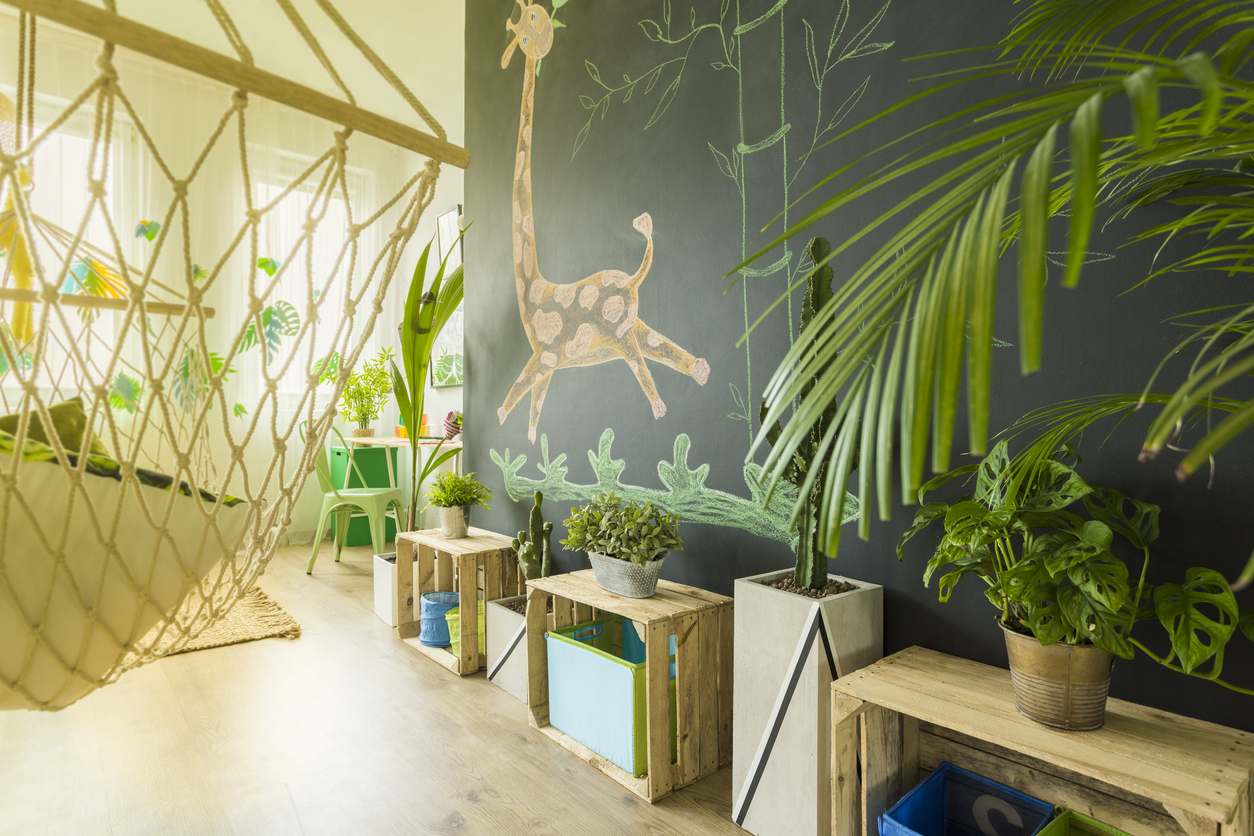
Sales of houseplants were soaring long before the pandemic and there’s no sign that trend is withering anytime soon. In fact, in the 3 years leading up to 2019, the sale of houseplants increased by 50 percent according to the National Gardening Association.
With more of us looking for a connection to Mother Nature, houseplants are a great option that will exercise your green thumb, help your home’s air quality, and even add some color and texture to your decor. For those who aren’t up to the task of keeping plants alive, try easy options such as moss compositions and even dried plants and flowers.
Prefab Homes
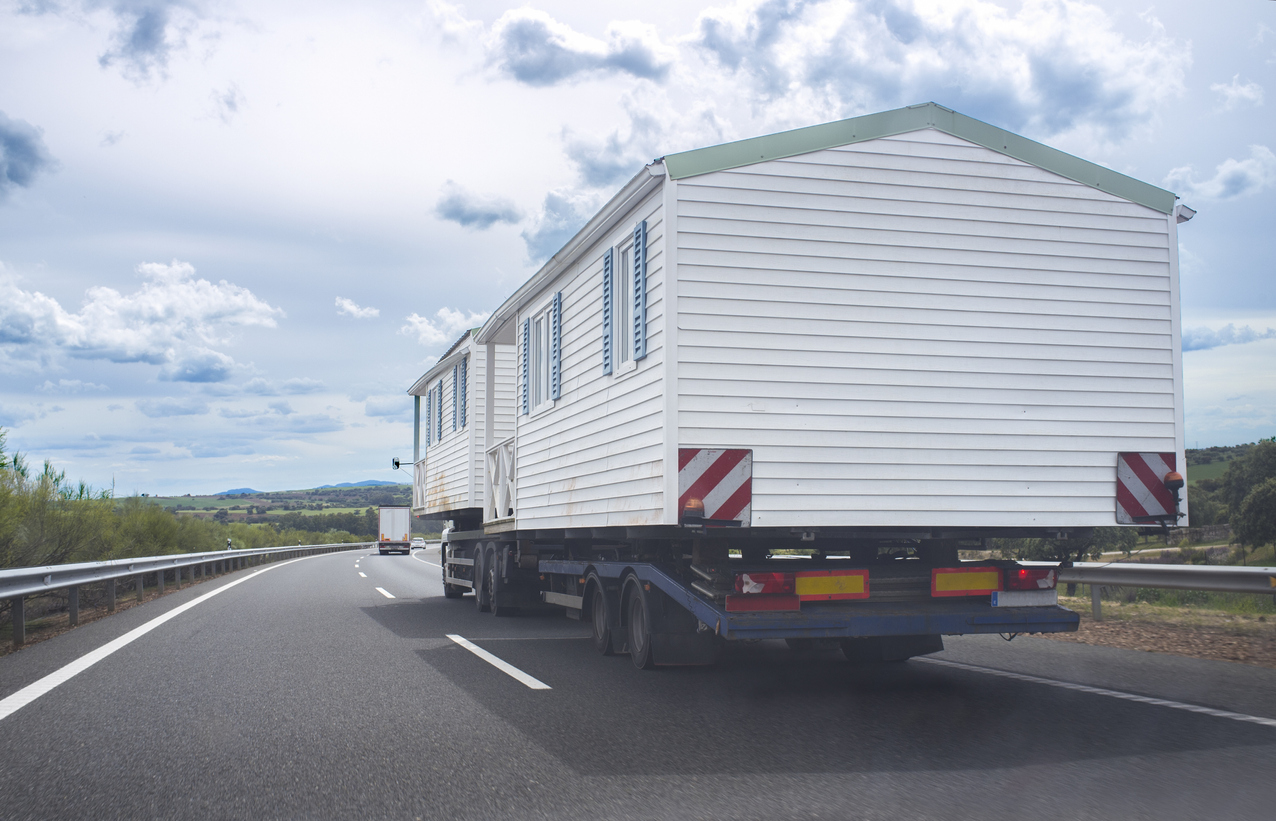
While the term “prefab home” may conjure images of mobile and modular homes, the phrase is simply a generic term used to describe any type of home that is built in a factory and then transferred to a site. Today’s prefab homes come in all sizes, shapes, and styles, and experts predict the prefab trend will become more popular in the coming years.
Prefab homes are popular because they lead to less waste since builders more accurately gauge how much material a home requires, the homes are extremely durable, and construction time is often shorter than for traditionally built homes. In addition, since the build occurs in one location and the home is then moved, a single delivery of a prefab home translates to fewer transportation costs than those associated with a more traditional build.
Related: 5 Ways to Live as Green as Your Grandparents Did
Walls 101
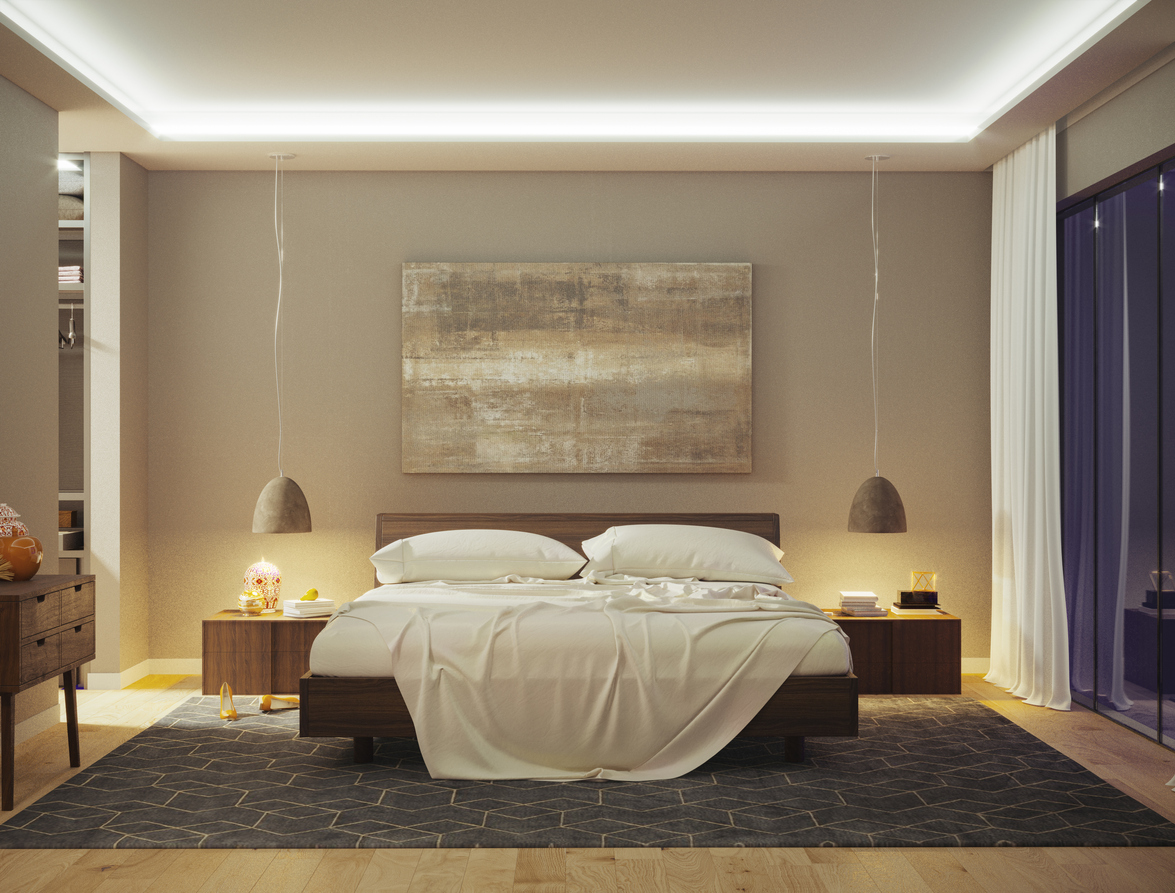
When it comes to walls, the trend is moving in the direction of a natural color palette that matches colors found in nature. The type of paint and wallcovering you use also will be key. Look for paint options that are labeled “low VOC (volatile organic compounds)” or “low odor,” which means the paint mixture won’t contain harmful chemicals. If you’re looking to get in on the wallpaper trend, consider natural wallpaper instead of the more traditional vinyl, which is not an eco-friendly choice.
Natural Rugs
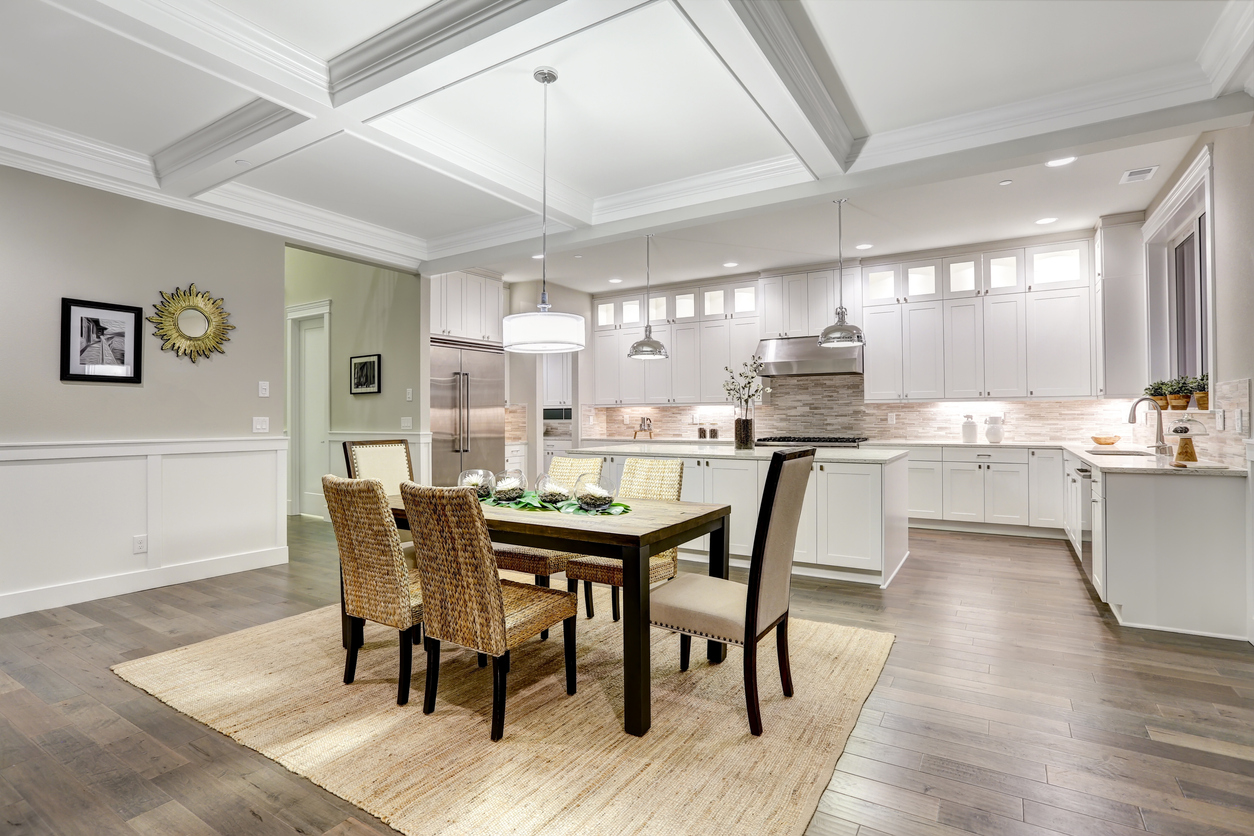
We all know a rug can really tie a room together, so if you’re looking to give an area of your home an updated look, rugs are a great, inexpensive option. Look for eco-friendly materials such as those made of wool, sisal, jute, or hemp. These natural materials are durable and resist shedding, plus they are non-allergenic and nontoxic, meaning they’re not only great for the environment but good for your health as well.
Try Japandi
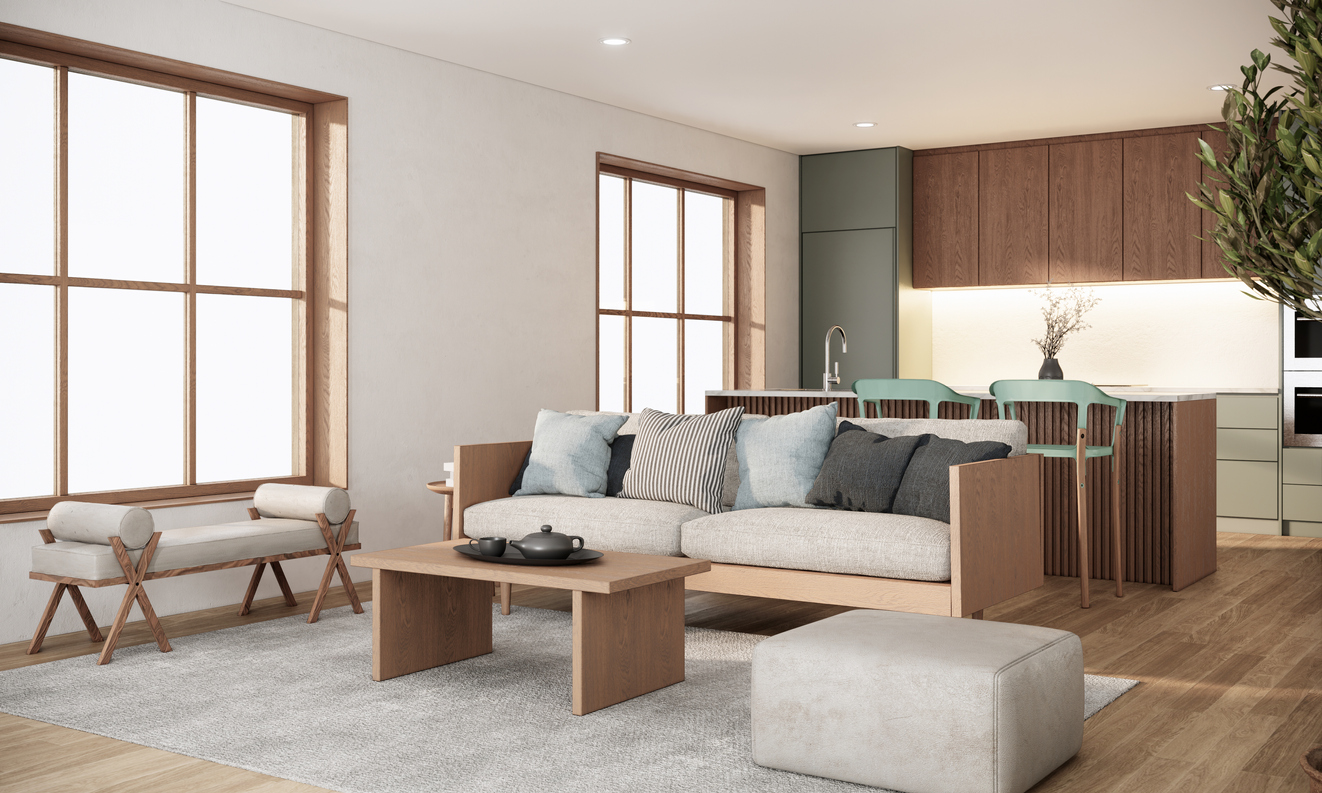
If you aren’t familiar with the term Japandi, think of it as a mix of Marie Kondo’s organizing technique and Scandinavian minimalism. Confused? Stick with me here. Japandi is a trend that works to get rid of your clutter and instead focus on natural light while finding the perfect blend of function and design.
To get in on the trend, think of sustainable materials such as recycled plastic or bamboo for furniture, fabrics that have been naturally dyed, and using what you already have instead of buying more items.
Let There Be Light
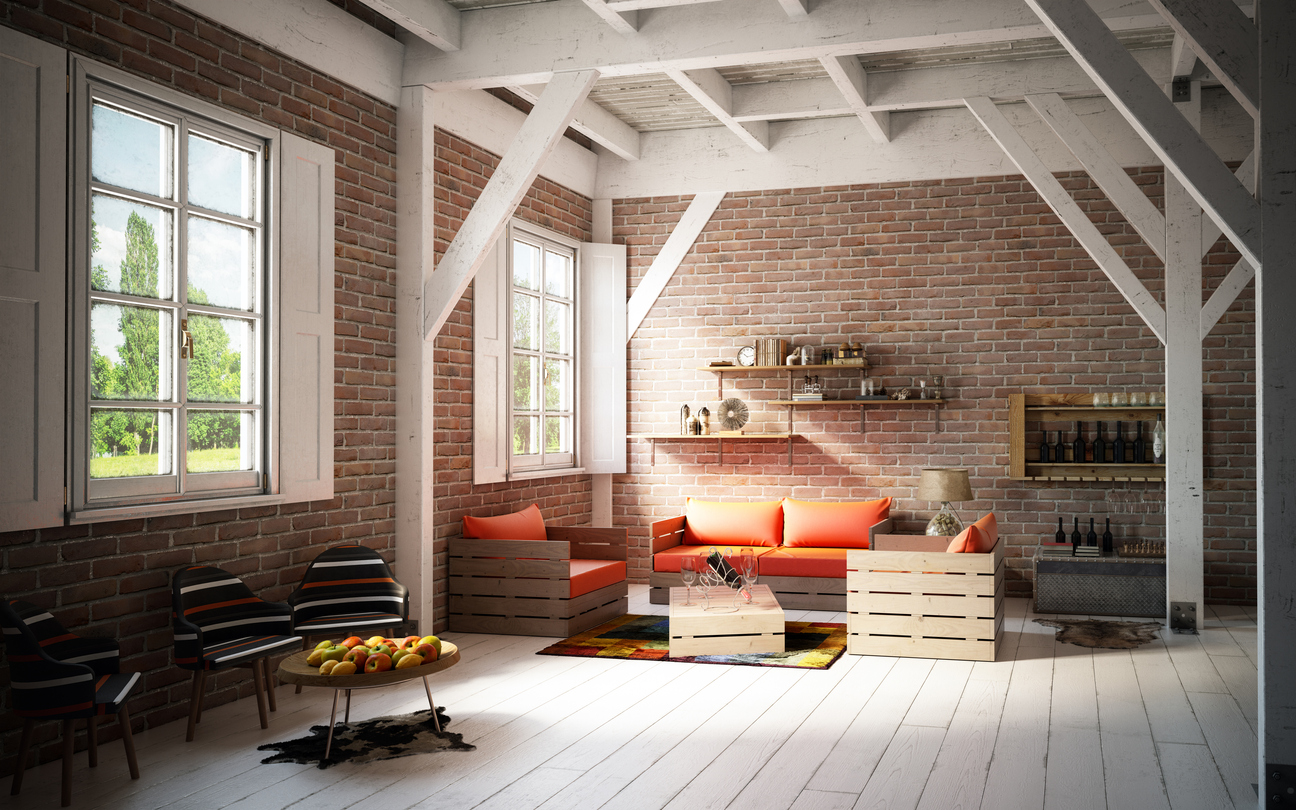
You already know about LED bulbs, which are earth-friendly and easy on your wallet. As we move into 2022, it’s all about natural light, so think large picture windows and skylights. Natural light saves you money, and you reap the benefits of sunlight even during the winter months, which can help with your overall mood and well-being. So open those curtains and blinds and let the sun do its work.
Smarter Homes
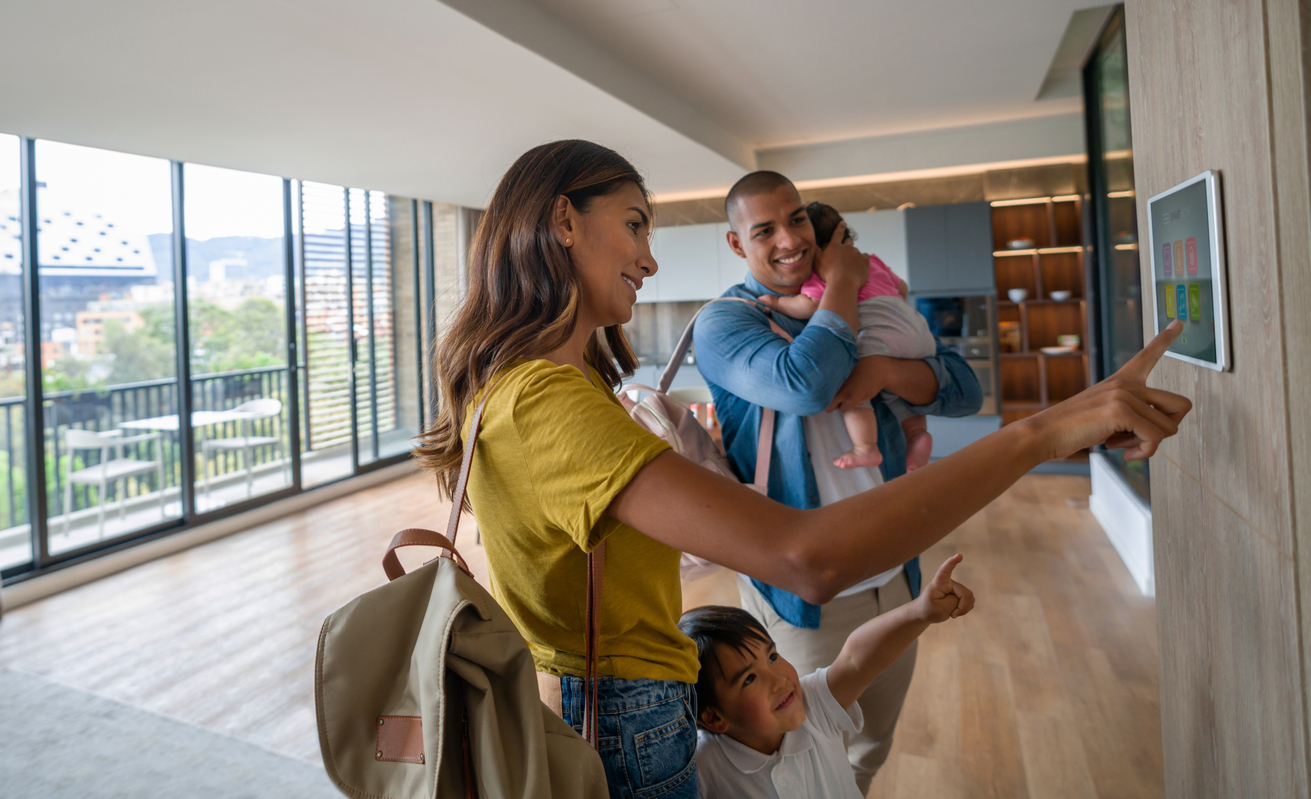
We’re moving from smart homes to intelligent homes as the many ways that the tech gadgets throughout our homes can connect and communicate with each other will continue to grow. It’s estimated that more than half of homes in the United States will have adopted smart gadgets by 2023, and by 2022, the global smart-home market will be valued at $53.5 billion, according to a study from Statista.
From smart appliances to televisions to thermostats and security systems, having different parts of your home communicate with one another will save you time and money. As a bonus, you can save on energy costs and improve your home’s eco-friendliness.
Related: 20 Sustainable Home Decor Brands to Shop Now
Think Local

By seeking out locally sourced materials and decor, you’ll eliminate shipping and transporting of items, thus reducing their carbon footprint. It also helps your community when you shop locally. If you’re looking for furniture, try a local furniture maker or even a secondhand store. Look for holiday decorations at local pop-ups, markets, and stores. And if you’re working on a larger remodeling project, seek out materials such as wood, cabinets, and flooring that are made as close to your location as possible.
